Marius Wilkens-Zimmermann is a multidisciplinary freelance Digital Artist from Hamburg in Germany. He unexpectedly stepped foot into the 3D world at the age of 16, and has never left. Nowadays, Marius is thriving by combining artistic and technical skills to increase the production value of his work. with 8 years of commercial experience, Marius is providing high-end visuals for advertising clients in the field of cosmetics, products, and packaging.
Interview with Marius Wilkens-Zimmermann, Digital Artist
Luiza, our Content Creator, spent some time on a video call with Marius to find out more about his 3D story and background. It's an interesting one for sure!
If you're looking for some inspiration or advice on how to find your purpose in the 3D industry, this one's for you. We hope you enjoy the video!
Please Note: A transcript of the interview is available below the video.
Interview - Text Transcript
Luiza: I'd like to get to know you a bit more. So why don't you tell me about yourself, about your background, and I believe you're in Brazil right now - I'm jealous of the warm weather. It's snowing here. So I'm really jealous. Tell me how you ended up in Brazil as well.
Marius: Yeah, I'm in Brazil right now. I escaped the winter. End of last year, I moved to Mexico. And then the visa renewal came up. And I had to go to some other country and Brazil is one of the countries that's open right now. So I moved here end of last year, and now I live in Rio. I don't know where I'm gonna go next. But for now, this is my home here.
Luiza: It's like a holiday every day.
Marius: It's like a holiday every day. Yeah, it's quite nice. It's warm. We can go to the beach all the time.
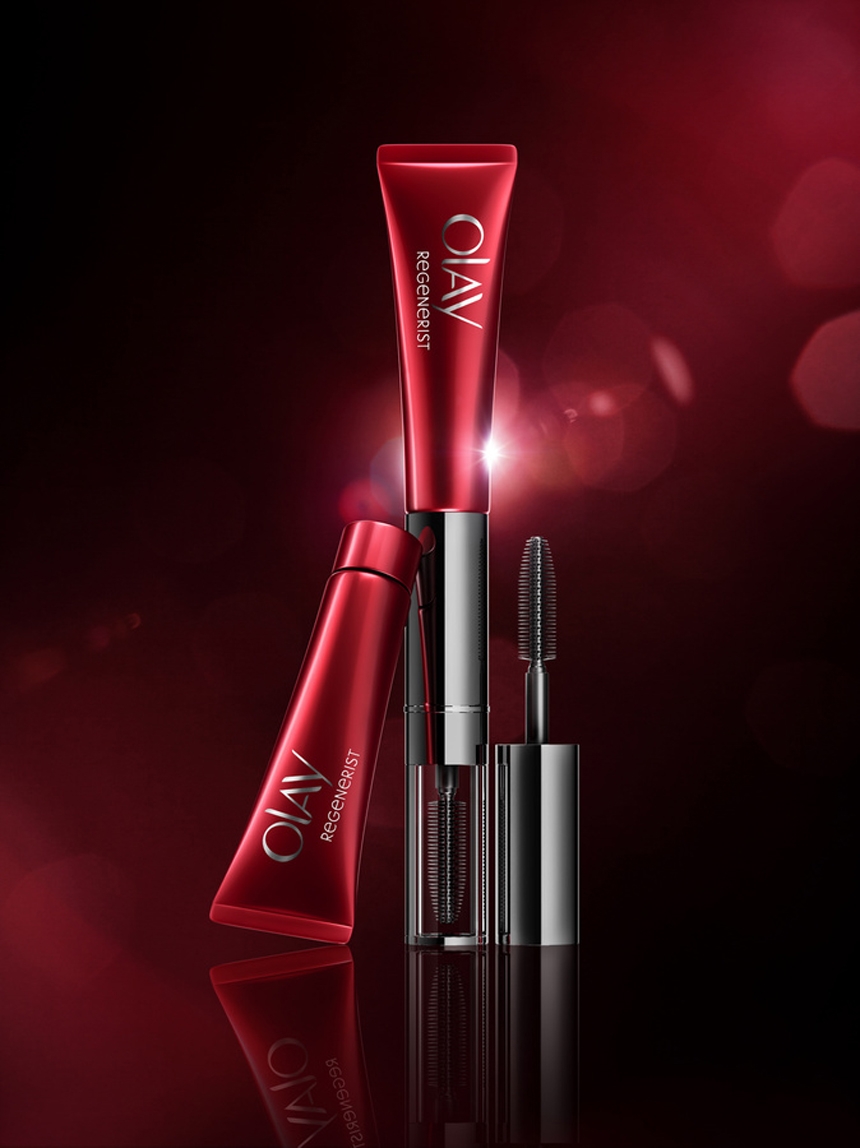
Luiza: Lovely! Tell me how you got into 3D. What made you want to pursue 3D and continue doing it. So, tell me why you like 3D.
Marius: Well, I like it for the endless possibilities. Your only limitation is what you can imagine. You can create anything you come up with, and that fascinated me. It's like a virtual world you can create for yourself. What I also like about 3D is that I had control over what I learned. In school, I always had the problem that I had to learn specific things that didn't make, at that point, a lot of sense to me. And in CGI, I had this project, I had this challenge to create something out of thin air from some virtual file. That fascinates me to this day. Also, what I liked about CGI is that the requirements to create something are very basic. All you need is a computer and some software, and you can create anything. You can create something where other people need an entire crew for, an entire studio set with expensive cameras.
I was always looking up to film production, CGI film productions. That also inspired me to create virtual worlds and abstract environments. That was really fascinating to me. When I was 15 or 16 years old, I had a hobby that was building and flying remote controlled helicopters, aircrafts. I was editing a video for one company that was producing these helicopters. At some point, they had planned to create a new model helicopter, and there was no prototype, nothing. All they had was CAD files, the 3D files. The CEO of that company, he asked me if I could create a promo video for him. And I had no idea how to do that. I never heard of CGI, 3D, anything. But I said, Yes, I can do that. So he sent me those files, I had no idea how to open these files. But I figured it out. So long story short, when I was 16, I had my first kind of freelance CGI job. And from there I was, I was learning about the software, just kept going.
Once I turned 18, I dropped out of school, which was probably the most important and best decision of my life, because I just didn't fit in the education system. I was a really, really bad student. So I dropped out, started an internship at a CGI studio. And from there, I worked my way up to 2 different positions. I worked in real estate, I worked in industrial design, and in just CGI animation studios. At the age of 20, or 21, I started my own freelance business. And this is what I do to this day.
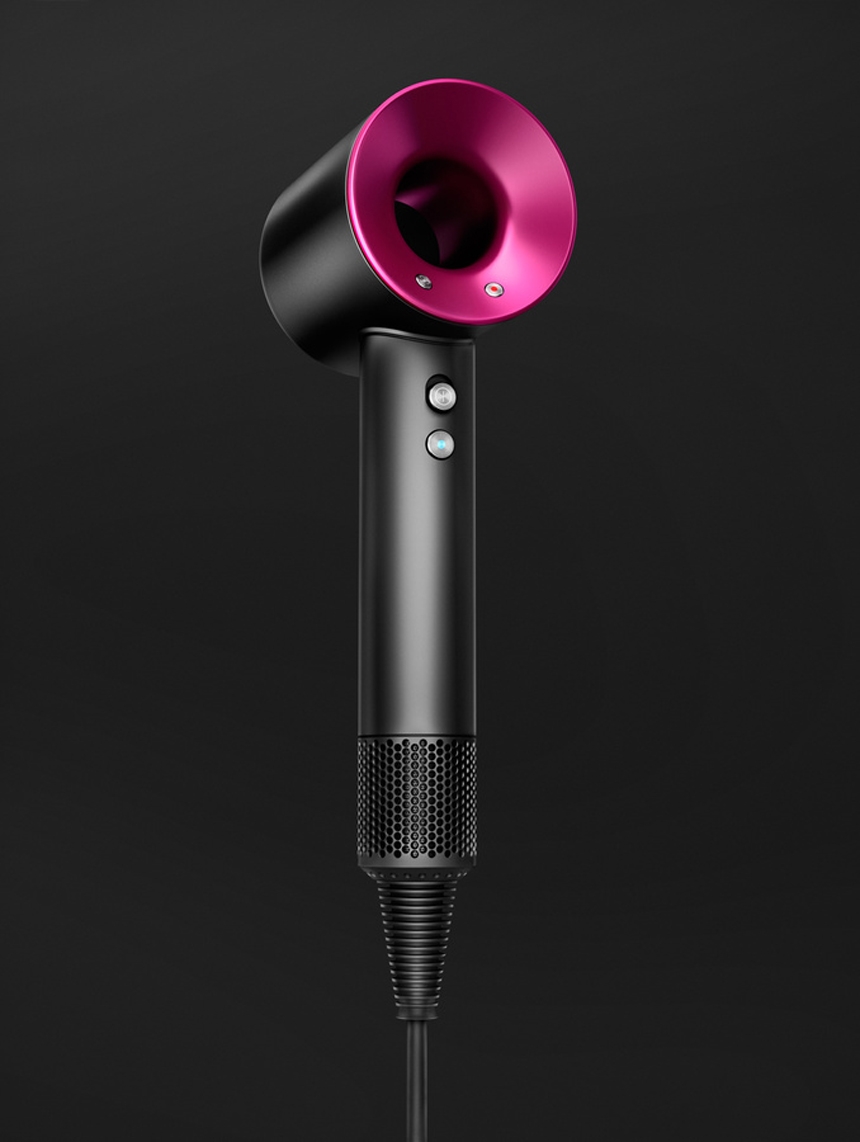
Luiza: Wow, what a story! It's a very brave decision to make, and obviously, it did pay out really well for you. I'm happy for you. Going back to your first 3D project; did you have any challenges? Were there any challenges? How did you find that first experience?
Marius: Well, the biggest challenge was obviously the technical challenge. As I've mentioned before, I never used 3D software before. So I had no idea what even rendering was, I had no idea.
I heard about 3D films, because I always asked myself, how do they create these films, but I never realized that there's an actual software that I could use as an individual person. Using that software was definitely the biggest challenge at first. But still, at that age, you don't take it that seriously. It's like a game, you're just playing, you're clicking some buttons, maybe it works, maybe it doesn't, maybe you'll figure it out the next day. So there weren't really any challenges at all. That's why I really appreciate that I had the ability to start my career that early.
I learned early on, still to this day, one of the most important things you can learn is how to learn. I learned early on how to solve problems, because what we do in this job is problem-solving. And I learned how to solve this problem. I have virtual files, and I have to create something. I solved this problem. I learned how to research, how to find the information I could use. That's one of the most important things I learned. And also, that was one of the biggest challenges; to learn how to learn.
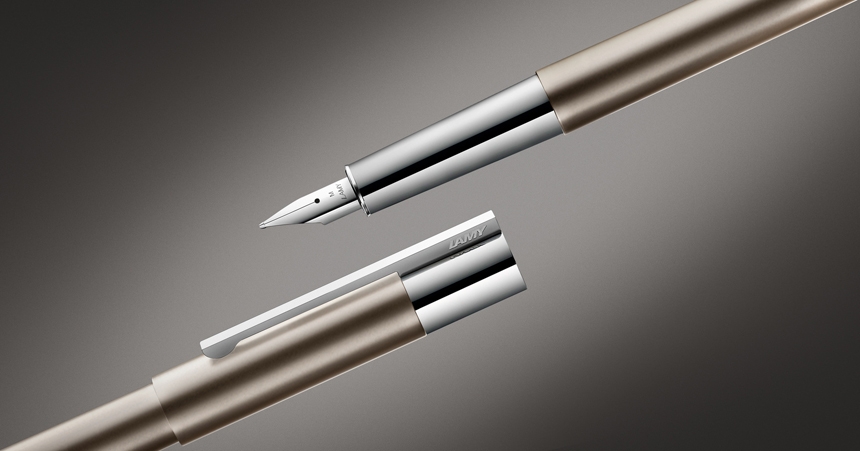
Luiza: Thinking about it now, you're 100% right, when you're this young and something bad happens, nothing really bad happens in reality. Do you still face any challenges with 3D projects nowadays? And if so, are they any different compared to your challenges from the very beginning?
Marius: The challenge is changed quite a bit. I don't have that technical challenge anymore, as I have so many years of experience right now. But the challenge these days is to meet the client's expectations. I always had a lack of creativity. The artistic level of a project was always a challenge and I think I'm really good at the technical execution of projects. And that's how I try to make up for the lack of creativity. But still, the creative part is a big part of each production. So it's one of the biggest challenges besides the communication with a client and meeting those high expectations, especially that I signed with an agent two years ago, so he has access to even higher level clients, even higher expectations.
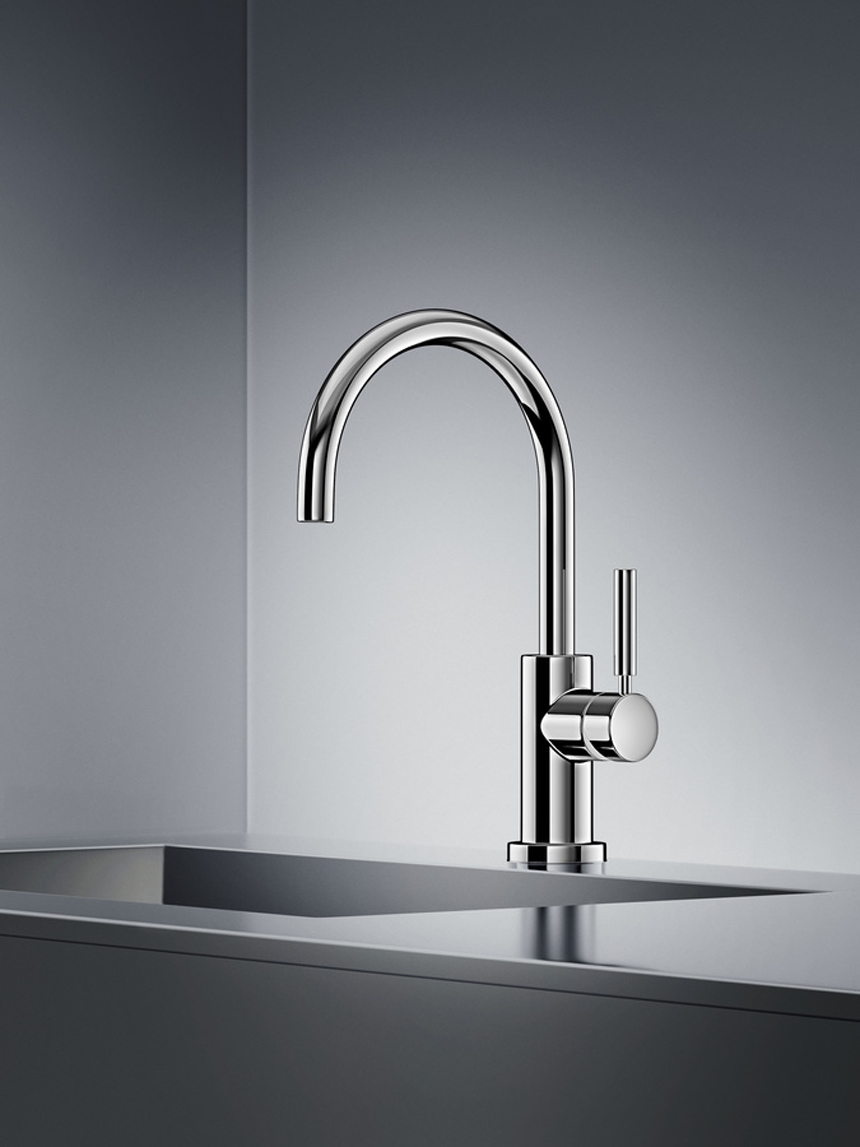
Luiza: In your opinion, what are the key ingredients that make up a great, successful 3D artist?
Marius: I think most artists focus too much on the quality of their work. It sounds ironic, because it's all about who has the best renders and what image looks the best. But it's kind of expected by the client anyway, that you deliver the highest quality. So what I think artists should focus on is the communication with the client, and how to make the client trust you with their project. Because clients are usually, especially brands, they are usually very attached to the product they are trying to promote. To them, it's really, really important that you as the artist, understand how the product works, what the client needs. So that's definitely way more important than focusing on the quality of the work.
Another important factor is the consistency in the work, and also in the projects. Focus on one specific field of products, I focus on lifestyle products, cosmetics, products and packaging. I'm not adding any real estate projects to my portfolio, any car projects, because a client wants to know that you can create a consistent series of images. So they want to know exactly what they are buying. That's also a very important factor in becoming successful in this business.
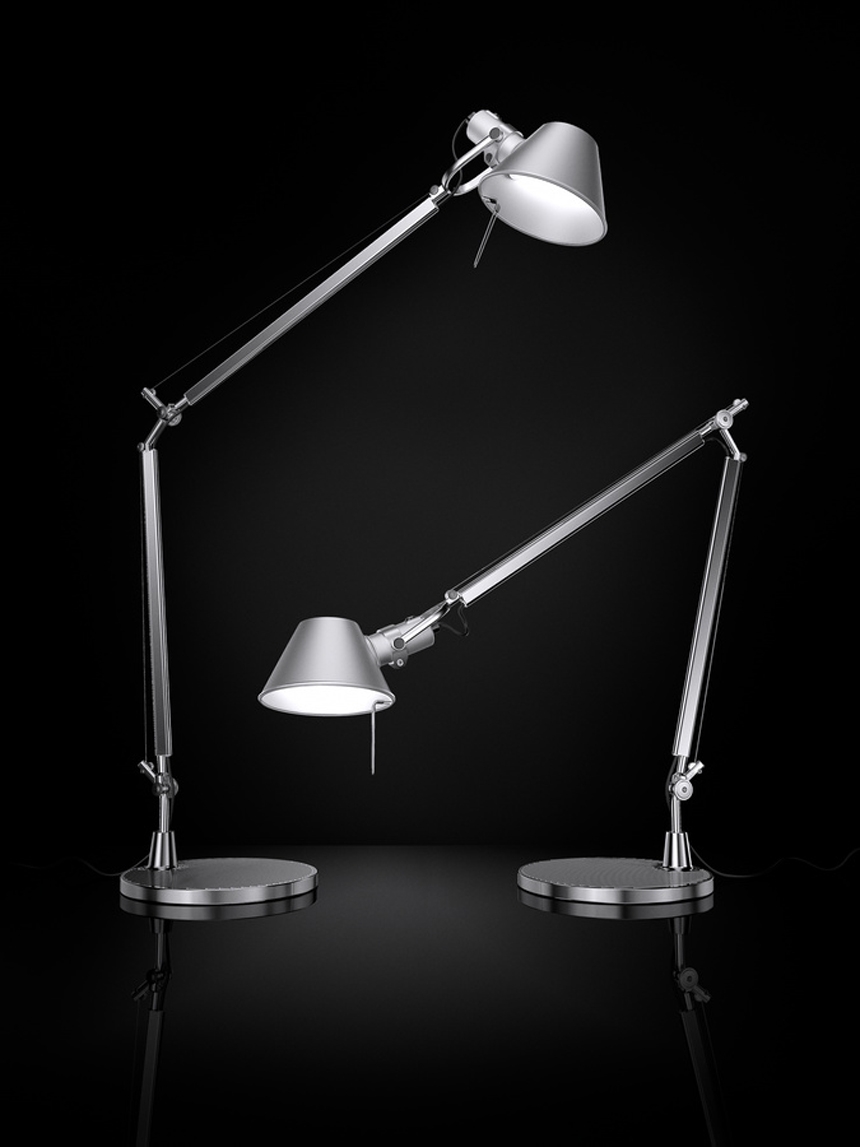
Luiza: So you've touched on specializing in products cosmetics, is that because you really like doing those products, are those are your favorite projects to work on?
Marius: Well, it just made sense. Because as I mentioned before, I'm really lacking creativity. So all I could do was create images, very clean images, just a background and the product. And I was focusing on the technical execution of the perfect lighting, the perfect composition, the perfect shaders. That's why I specialize in these ultra clean, photorealistic minimalistic product shots. At some point, clients picked up on that. So right now, there's no reason for me to work on any other project and I just keep focusing on the ultra clean, minimalistic style.
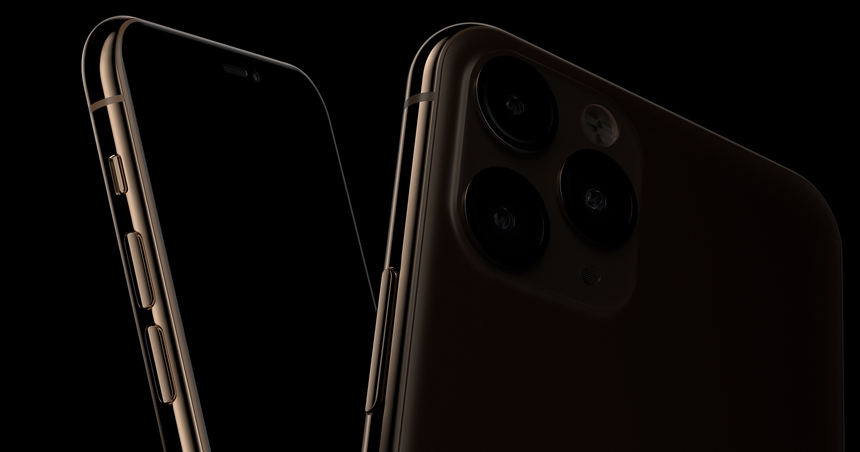
Luiza: Let's talk a bit about your workflow. Can you tell me what 3D software you use, your renderer and any plugins? Do you have a favorite tool?
Marius: I work with Cinema 4D and when I first started at the CGI studio when I was 18 they had V-Ray, so it was entirely new to me. But I really enjoyed the flexibility. You are not limited to any physics. You can just crank up sliders as much as you want. And that gave me a lot of room to get more creative. After using V-Ray for a while I was searching for something different, something that's faster and easier to use. And around three years ago, I discovered Octane Render. And I really enjoyed the real-time rendering, as that was when I was 18. That's now almost 10 years ago, when rendering was still quite a challenge. Rendering one shot with V-Ray could easily take an hour or even 10 hours, depending on the resolution. And now that Octane is actually available for Apple on the MacBook Pro, I'm 100% Octane, I don't use any other renderer. Sometimes I use the internal renderer in Cinema 4D, just because sometimes it makes more sense, and it's easier to just click render instead of setting up everything for Octane. I also use HDR Light Studio, which I introduced, I think three years ago.
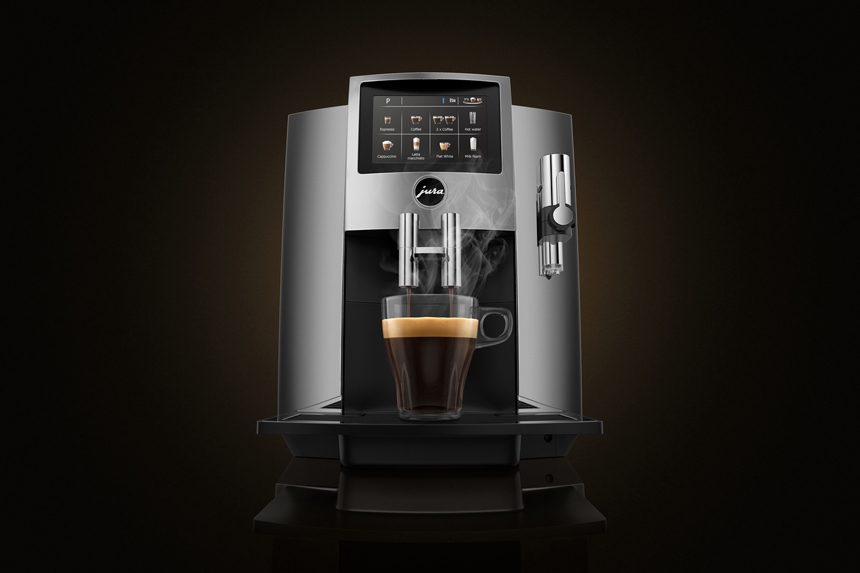
Luiza: So you said you started using Cinema 4D when you started working for a studio, right? What did you use for your first project? What software?
Marius: I used Blender for the only reason that it was free, and everyone had access to it. At some point, I realized the standard in studios is Cinema 4D.
Luiza: You've mentioned you started using a plugin called HDR Light Studio for lighting. How did you hear about HDR Light Studio? And why did you consider using it in the first place?
Marius: A photographer friend of mine, he was getting into the CGI world. And because of his background in photography, he was searching for a tool that is easy to use for him with his background, because he didn't have a CGI background. What he needed was something where he could place a light, exactly like he would do in the photo studio. I never really wanted to try it because I was relying on my traditional lighting inside the software, inside Cinema 4D with the lighting tools you have, because that was what I knew, that was what I was comfortable with.
One day, a potential new client approached me asking if he could hire me for a test project of creating a CGI shot for them, which includes a lot of chrome surfaces. I already knew that chrome surfaces, anything that's highly reflective, are very challenging in CGI. And I was always avoiding glossy surfaces. At least I was faking the surfaces in post-production. I was overlaying gradients and I knew that was not a possibility for that project. So I was thinking for a while and I was remembering that there was software that is specifically for these tasks. So I downloaded the test version of the HDR Light Studio. I finished the job, they loved it. And from that day forward, I didn't use any other lighting tool ever again, because it's so straightforward.
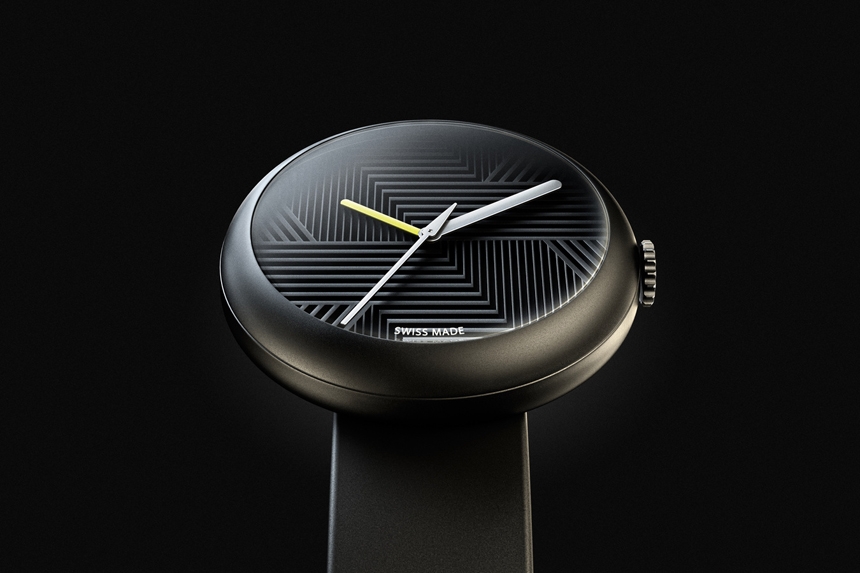
Luiza: It's really great to hear that you are enjoying using our plugin; HDR Light Studio. Do you think HDR Light Studio helps you learn the art of lighting?
Marius: Definitely. Around the time when I started my own business, I was playing around a lot with cameras and I even tried to start a business in photography. So I have quite a bit of photography background myself. So I was in the studio quite a bit, I was working with different lenses. I was experimenting a lot with camera angles, with different lighting directions, different lighting modifiers, and that gave me a good introduction to the lighting in CGI in general. And with HDR Light Studio, I had the ability to apply what I learned in the photo studio to my CGI workflow, which was very useful with that plugin.
Luiza: I think a lot of those 3D artists look at photography techniques, especially for lighting and even for the composition you know... compositing the shots in a way that a photographer would, I think that contributes to the whole realism.
Marius: Exactly, a key ingredient to a realistic image is photorealistic lighting and a good camera angle, the perfect focal length. To me, it seems most CGI artists, they lack this ability, and they focus a lot on the technicals and not so much on their photographic eye. So that's why I think it's really important to have a little bit of experience with photography. So, testing with different cameras, just trying and using lights in real life with an actual camera, I think that's a very important skill to apply in the CGI workflow.
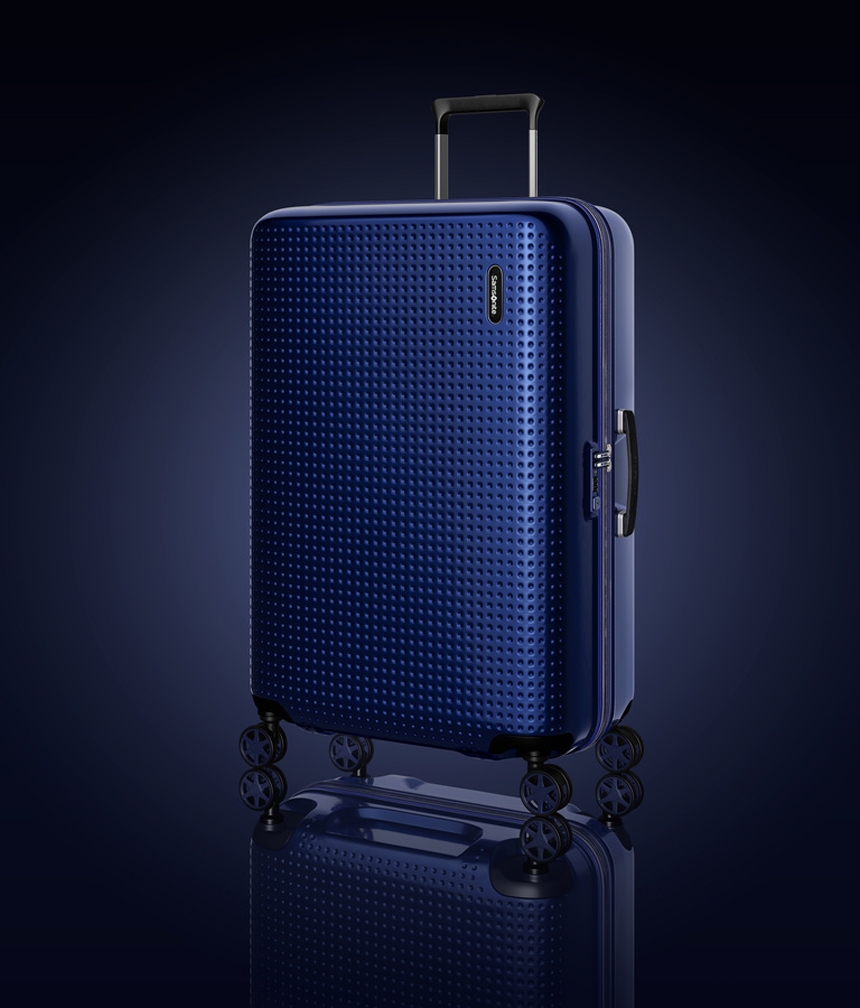

Luiza: You said you recommend any 3D artist trying or playing with lights in real life and seeing how they react with different materials, different objects and even trying different cameras. I think one of those reasons could be is because it's in real-time. So anything that you try, you see results immediately, you know what's happening. You know it's physically correct, because it's in real life. How did you light before? As in inside cinema 4d, did you just place area lights manually, or did you use HDRI maps?
Marius: it depends, for accurate and individual lighting setups, I had to use area lights. I had to place them and I had to render them over and over again. And HDR Light Studio, I talked about LightPaint before, I think this is the most incredible feature of the plugin, that you can just click on a specific area of the product and you instantly have your reflection on that spot in real-time. Then you can scale it, you can apply gradients, you can overlay it, and you have so much flexibility and it's so easy to use and so straightforward. It's like I'm working in a virtual photography studio.
Learn more about area lights in Cinema 4D and their features.
Talking about Octane, you get real-time feedback in Octane while working in HDR light studio. So I can move a light with LightPaint in HDR Light Studio, and I get real-time feedback with my shaders, with my camera in Cinema 4D, with the Octane render preview in real-time. You also have, that's what I really like, you have the imperfections in the lighting implemented into the presets. What I spend a lot of time on is creating imperfections in post-production, or even in the shaders in the 3D software. And with HDR Light Studio, it's already being rendered onto the shader product, and that gives you a huge benefit when it comes to photo realism and believability of the results of the images.
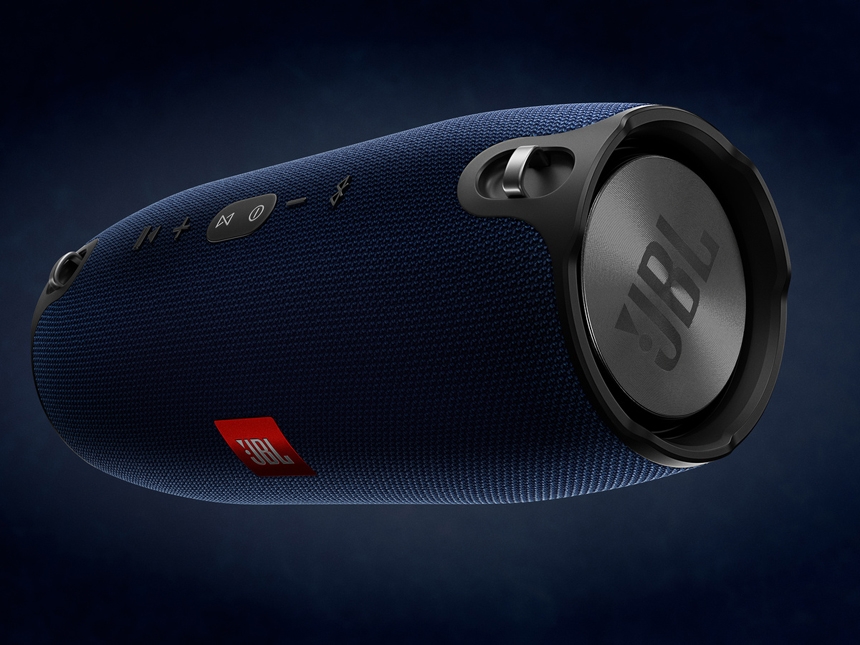
Luiza: Can you tell me if you do any personal projects?
Marius: I really do miss the personal projects, but at this point in time, I have so many client projects that I just don't have the time. Also, I have a few potential new client projects that are actually projects where I have to develop new skills in order to complete the project. So that's kind of the equivalent of a personal project, except it's a client project. So I have to spend some additional time to prepare for the project in order to be able to execute the project. But I don't have any personal projects planned for this year.
What I try to focus on, that's something a lot of CGI artists are missing I believe, is that you need some time for yourself to improve your mental health and also your physical health because we are sitting a lot. We're under a lot of pressure a lot of times, and that's what I'm trying to focus on, like the personal life, exercising, cooking good food, that kind of stuff. It doesn't seem like something for improving your career. But in the long run, you will have a lot more energy once you are under a lot of pressure again.
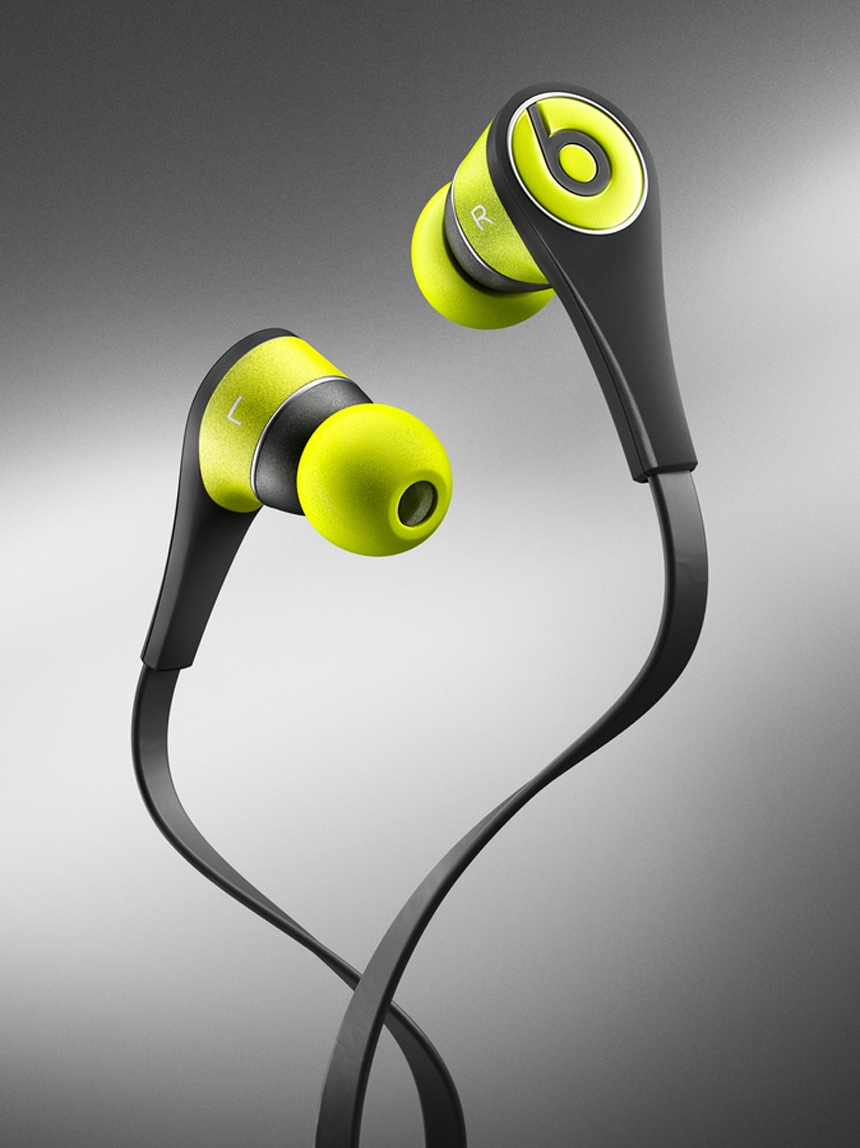
Luiza: With the whole COVID-19 been around, some artists aren't as fortunate to be as busy. So it's nice to hear that you are busy and taking care of your mental health as well as keeping healthy and happy. If I'm not mistaken, you are a freelancer, so can you tell me why you've chosen the freelance life? Why did you go down that path? The pros and cons of being a freelancer?
Marius: As a freelancer, I think you have less limitations, especially right now. I mean, I moved to Brazil, I can live wherever I want right now. These times, we are kind of forced into the home office anyway. So most people, even on a steady job, they can work remotely wherever they want. But like two years ago, to me, freelancing meant that I can work at home. I can work whenever I want. I can work exactly the way I want and nobody is looking over my shoulder. To me, that was always important, that I have the ability to work exactly the way I want, because I know how I work, and how I get the best results as quickly as possible.
Whether freelancing is for everyone, it really depends on the personality, you really have to ask yourself, do you have the ability to manage your own time. to schedule your work. to communicate with a client, to do all the paperwork that comes with being freelance, or maybe you rely on someone to tell you what to do, when to do it and how to do it.
As a freelancer, you are communicating directly with the client or with the creative agency. So there's A to B communication. And in many studios, especially bigger studios, they have the team manager, then they have the art director and they have a creative director. And everyone has a different idea and different feedback. So you're starting over a lot. As a freelancer, I enjoy being on the same level with a client. It's not like he's the boss, and I have to do what he wants. It's like we are business partners. The clients still tell me what to do, but it's like a business relationship and it's not like the boss and the employee. That's what I enjoy a lot about the career path that I chose.

What bothered me the most about working in a studio was that I signed a contract to be there from this time to this time, every day, whether this project or not, whether it's a busy day or not, I have to be there. As a freelancer, if there's no work for a couple of weeks, I can do whatever I want. I don't have to use vacation days, I can just do whatever I want, I can go on vacation, I can do a personal project.
In general, as a freelancer, I am creating something and I own the rights to what I create. And in a studio, I give the rights to the studio. So I don't even own anything of what I create. So, in 10 years from now, I can look back to all the projects that I created, and I can use them as a reference to get new clients, more work. But once you leave a studio or you get fired, you are pretty much left with nothing. You're not allowed to use any of the projects you created for that studio, because the rights are with the studio and you don't own the rights. So you don't create a portfolio while you are building a career. As a freelancer, you own the project, you might not own the rights to publish any projects or to promote. Most CGI artists who work in studios, to me it feels like they are more about creating art and the freelancer on the other hand is more aware of the business component of the work. What I had to learn as a freelancer is that what you create is not that much about art. It's still a business. And it's about money. And that's what you have to keep in mind, that you are kind of an artist, but you are a brand, you are a business and you are about making money. It's an exchange, you are giving your time and you are receiving money. As a freelancer, it's really important to learn how to trade that time for money.
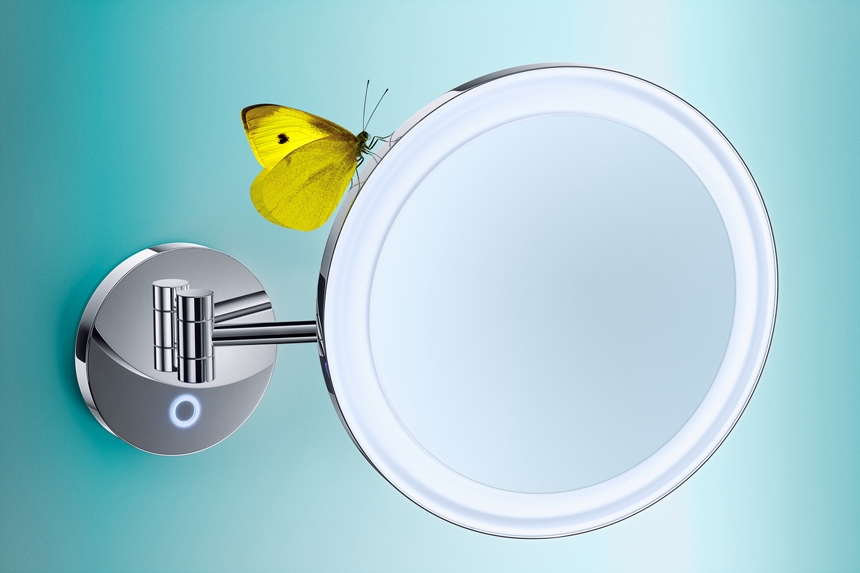
Luiza: I have a question for you related to social media. Do you use anything like Instagram, Twitter, Facebook to promote your work?
Marius: I used to have an Instagram account, but it was just for fun. I was just posting some work, but I never put too much effort into it, as I never got approached by clients through social media, or in this case Instagram. I was always having a website and I think most people focus too much on creating a beautiful website, like nice features and animations. My tip would be to create a website as simple as possible. One page, just the work, to showcase the work as vague as possible, and an about page and contact information... email address and a phone number. That's all I used.
I reached out to advertising agencies, sent them my work, usually got some feedback, then got invited to an interview. Then maybe a month later, maybe two years later, I got a call and they hired me. That's how I get work. I also a while back, I did a postcard campaign, I printed 1,000 postcards with different images of my work. There are services that provide contact information of people working in creative agencies. So you can filter by art directors in automotive, trade of agencies, and then you get a list with all the email addresses, phone numbers, addresses of these contacts. I was creating my own personalized list with contacts I wanted to send my work to. To this day people are calling me, 'Oh yeah, we found this postcard here on the desk, and we would like to have a chat with you'. So this is another way of getting clients.
Two years ago, a lot has changed for me as I signed with an agent, and he is doing all the promotion work for me. He's handling all the clients for me, so I can focus entirely on creating the work and being in this job, and he's focusing on all the invoice stuff, the paperwork, he's reaching out to clients, he's making sure the contracts are on point. So this is in general how I got clients throughout my career.
My biggest challenge always was; how do I get the client? I have the capability of creating projects, I have the portfolio. But how do I get the client? Send your work and create something unique. Like a postcard. An email, it's like, okay, you click it, maybe they don't even open it and they forget about it. But a postcard, they just don't throw it out. So that's why I decided to spend quite a bit of money on that postcard campaign. And it paid off, one job, and it already paid off.
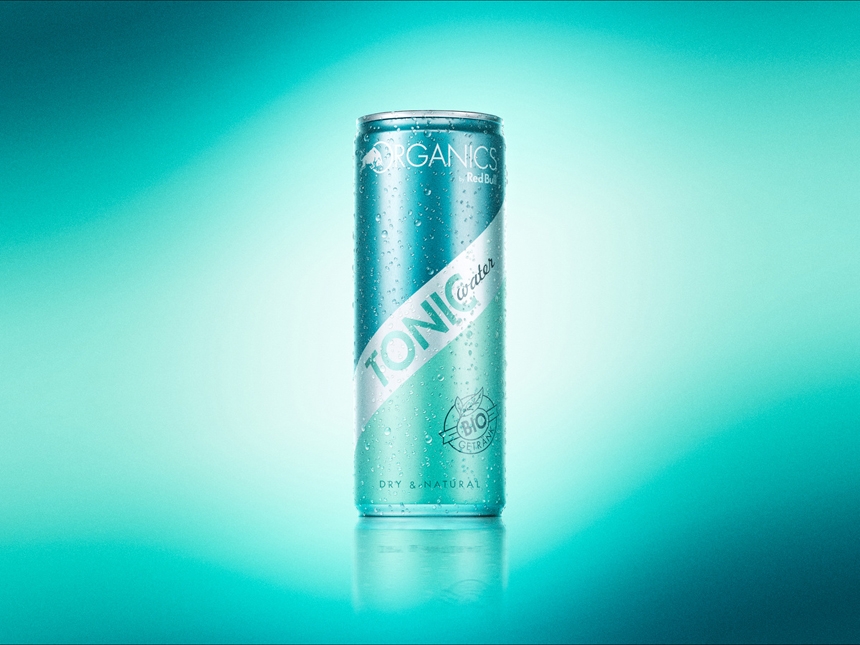
Luiza: It's a good investment in the long run. We're in the second month of 2021. I want to know what are your goals for 2021.
Marius: I definitely want to work more in animation. I focused a lot on still images, because I was able to fake a lot in post-production, and you just can do that as easily in animation. So I have a few projects on the horizon that are animation projects. I'm really looking forward to these projects this year. With my animation, I will definitely maintain consistency. So the style will be what my clients are used to, they already know what they are buying from me. So all I'm adding to my work is the animation component. I also talked about my lack of creativity, and I'm always working on improving my creativity by let's say drawing, or in general by working on creative concepts, just creating a creative concept, whether you use it or not, but just to collect ideas, and to try to be more creative.
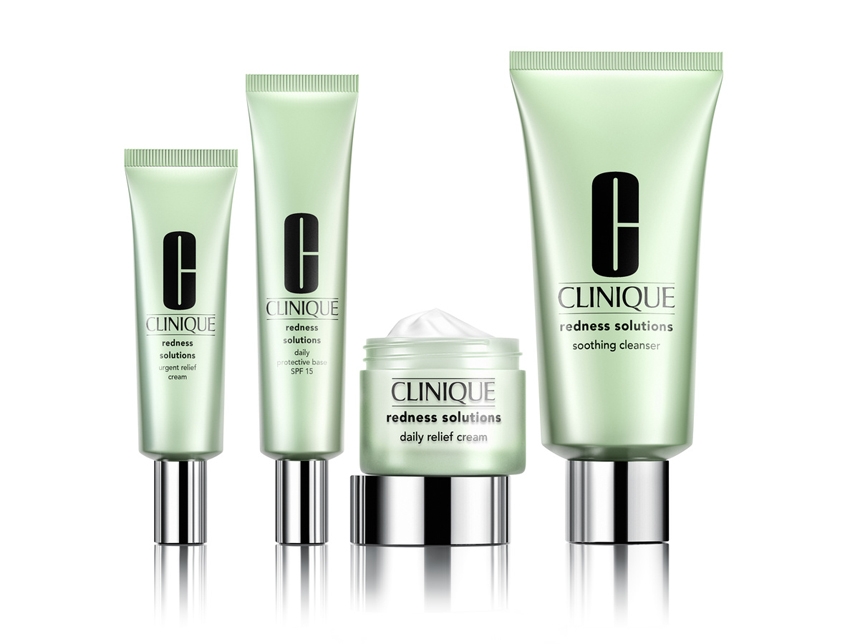
Luiza: So to finish off, I think it would be nice to leave a message to our audience and you telling aspiring 3D artists or just any 3D artist, what tip would you give them?
Marius: Yeah, so we already talked about having some photography experience. So I would definitely inspire everyone to pick up a camera, pick up some lights, and just try to learn as much as you can about the physics of light, and photography. Also, we already talked about it, the mental health, the physical health is just really important, and I think most young artists, they forget about it, they focus entirely on becoming the best artists in the world and creating the best portfolio in the world. But in the end, it's not about the quality of the work, it's about the quality of your life, and if you don't enjoy your work, it doesn't matter how good your clients are, how much money they pay you, it's really important to focus on yourself.
Another big tip of mine is to learn post-production, or focus a lot on post-production. A render is not finished once it leaves the render engine. You can multiply a lot of different renders on top of each other. That's how you do it in the photography studio - you create multi shots from different lightings, you create like an outline on the product and a few different light setups and then you combine them in post-production. And that's how you achieve a way higher standard and a way higher quality of work.

